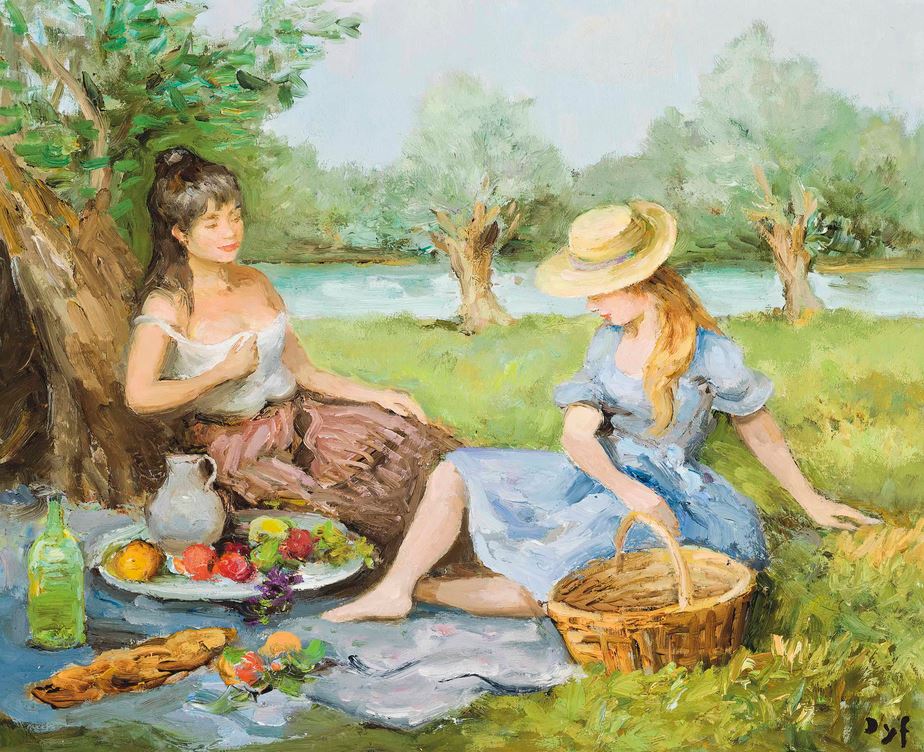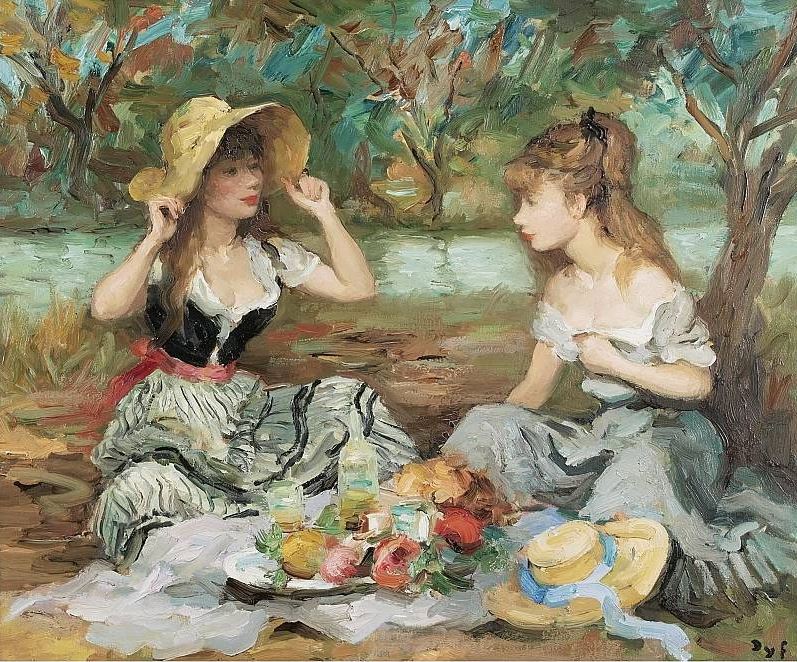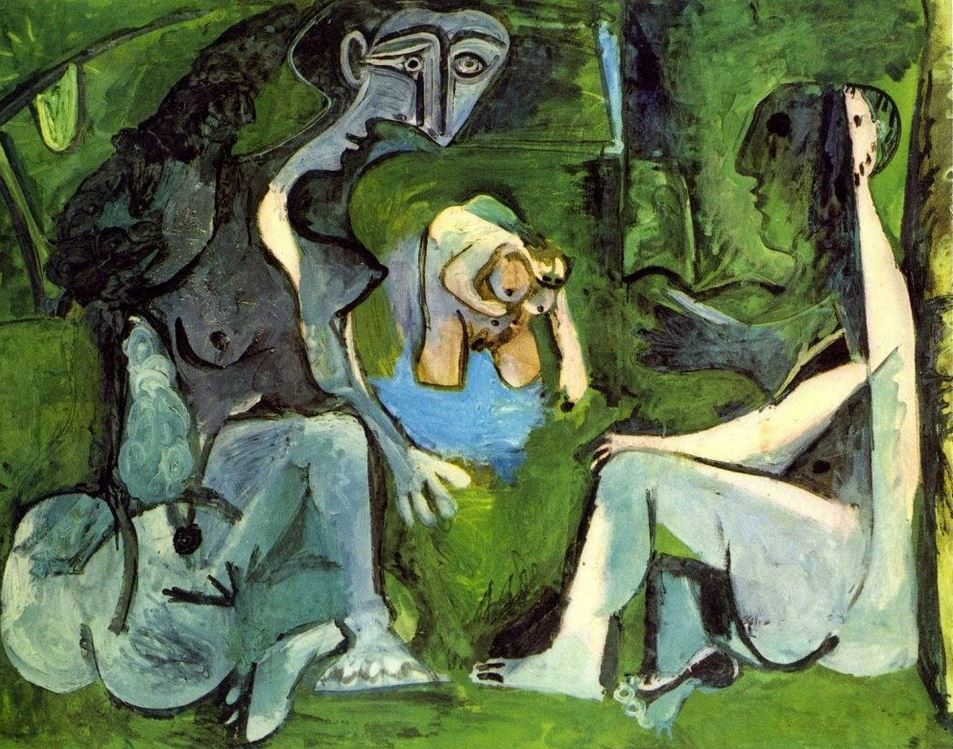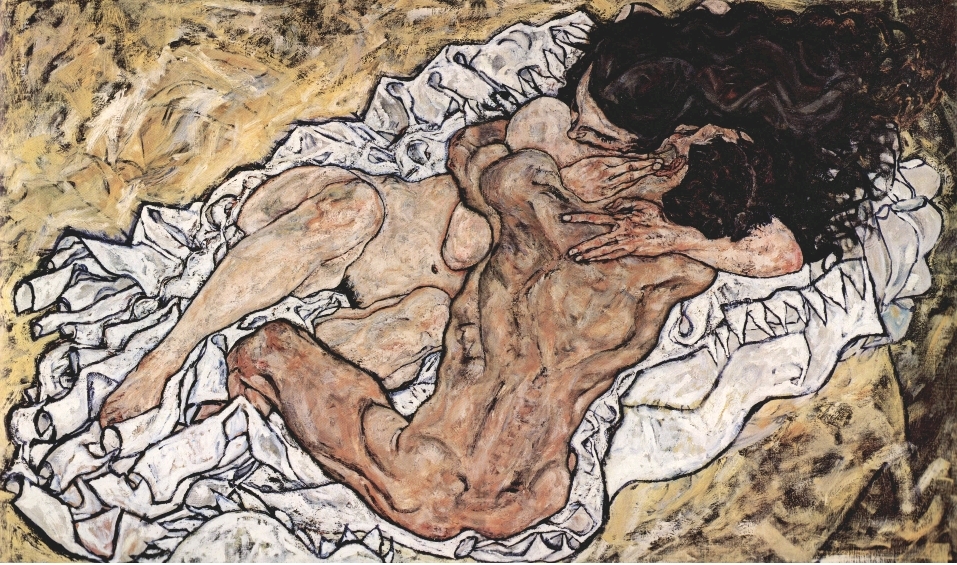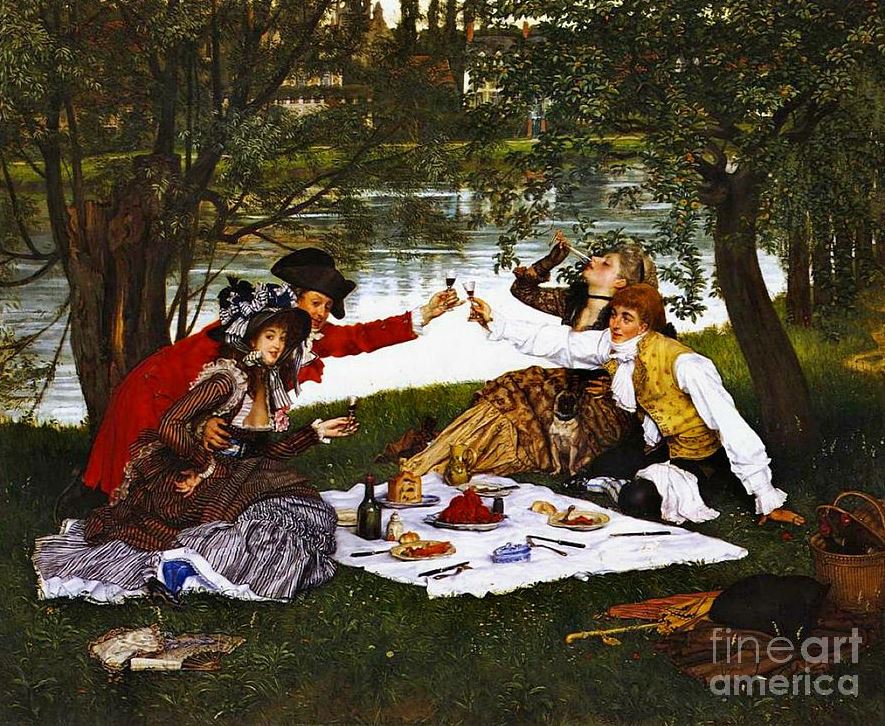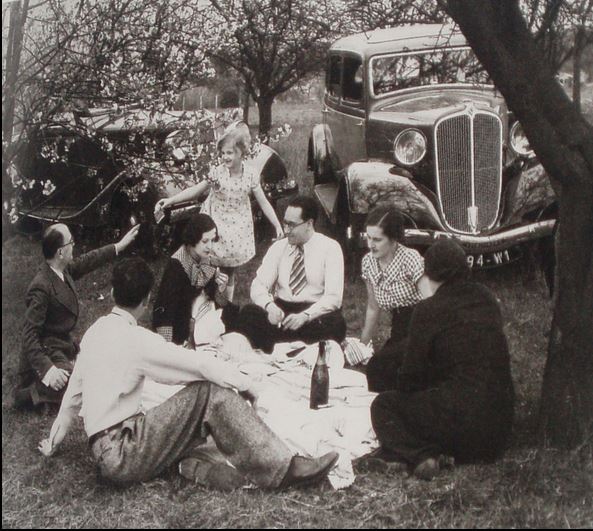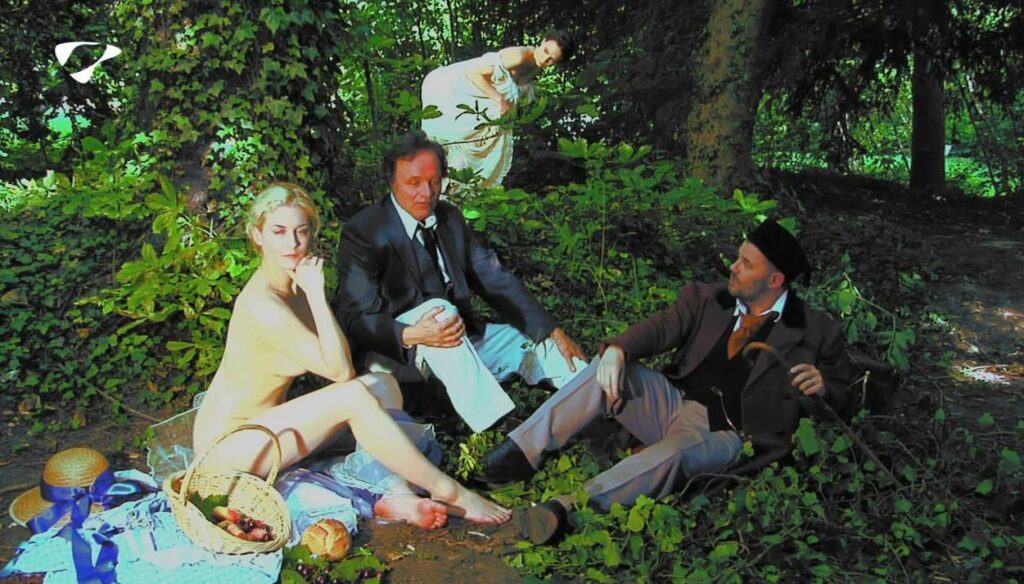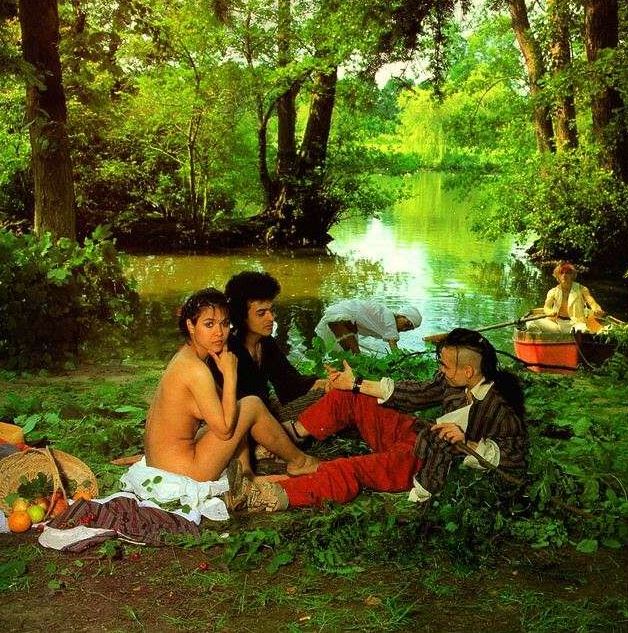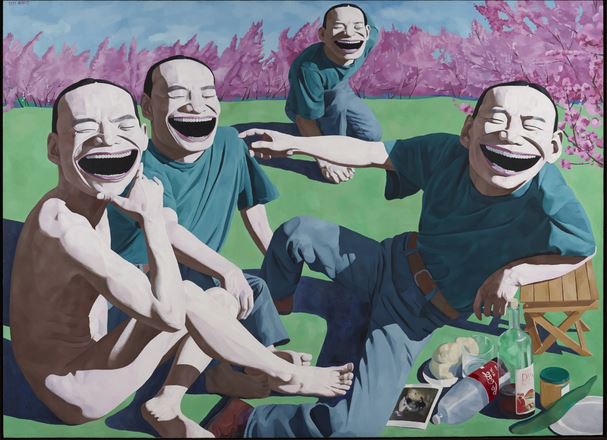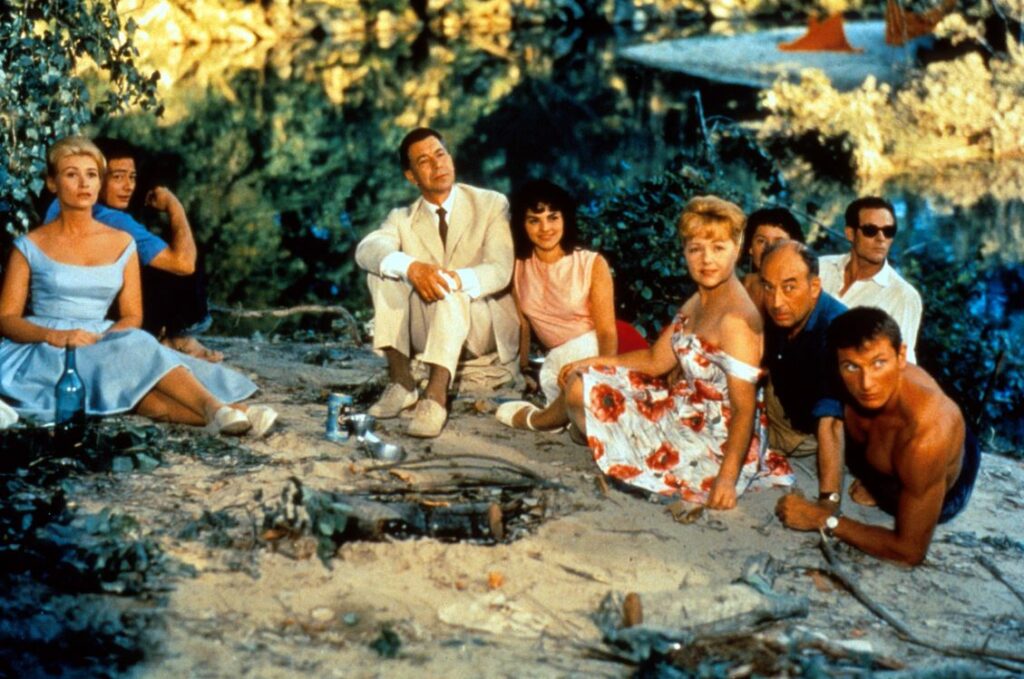Here’s a little oeuvre which deserves airing, despite the appalling grammar: Indiana Jones And The Last Franchise.
Even though I was not familiar with about 60% of his cultural allusions, the writing was enough to engage me. After all, you don’t need to be a military strategist to understand that combat is awful, bloody and destructive. I especially liked this little turn:
And, if you ever haul yourself out of bed and find that you have little to smile about… just look up Disney on Google News. It may not bring you joy, but the schadenfreude will most likely bring a smile to your face. At least a little grin.
That happens early in the piece, and it gets better. Here’s the pre-climax exposition:
My great-grandfather was a mason. A brick-layer, I mean, not the… well, you know the other type. He was a master of his craft. Back in the 20’s, his skill was in such high-demand that he was paid to travel the world and build structures in places like Shanghai and Glasgow that stand to this day. In an age of cheap, third-world labor, it can be a bit difficult to imagine the artistry, skill, and talent of a good mason. There’s more to it than slopping mortar onto a brick and stacking another on top. You just don’t see a lot of work like what he was doing, these days. Men like him labored to build cities not just for themselves, but their descendants. They spent their lives – some of them gave their lives – so that their descendants would live in a world that they themselves could scarcely imagine. They build us sprawling, glittering skylines of glass and steel and lights. Man-made miracles of engineering and architecture that would be, quite literally, incomprehensible to most humans from before a certain time.
Yet, the cities they built for us, that they left us, are no longer ours. My great-grandfather did most of his work in Pennsylvania and the North-East. He lived in Philadelphia, in a neighborhood his descendants can’t walk through, day or night. His house is still there. I don’t know who lives in it now, if anyone does. I don’t really want to know, either.
All I know is the fruits of his labors, his house, his city — it’s not just that they don’t belong to his descendants, and, arguably, the country he built them for. We can’t even enjoy them. They were wrested out of the hands of the people, and, without consent, broken, smashed, and destroyed by wicked people, who now hand us the smoldering ruins of our predecessors’ lifetime of work, and say with a smile, Here! We made it better! And, if you dare say otherwise, you’re an ungrateful asshole who should be grateful that they’re deigning to give you a damn thing.
Excellent stuff, and well worth the long read.
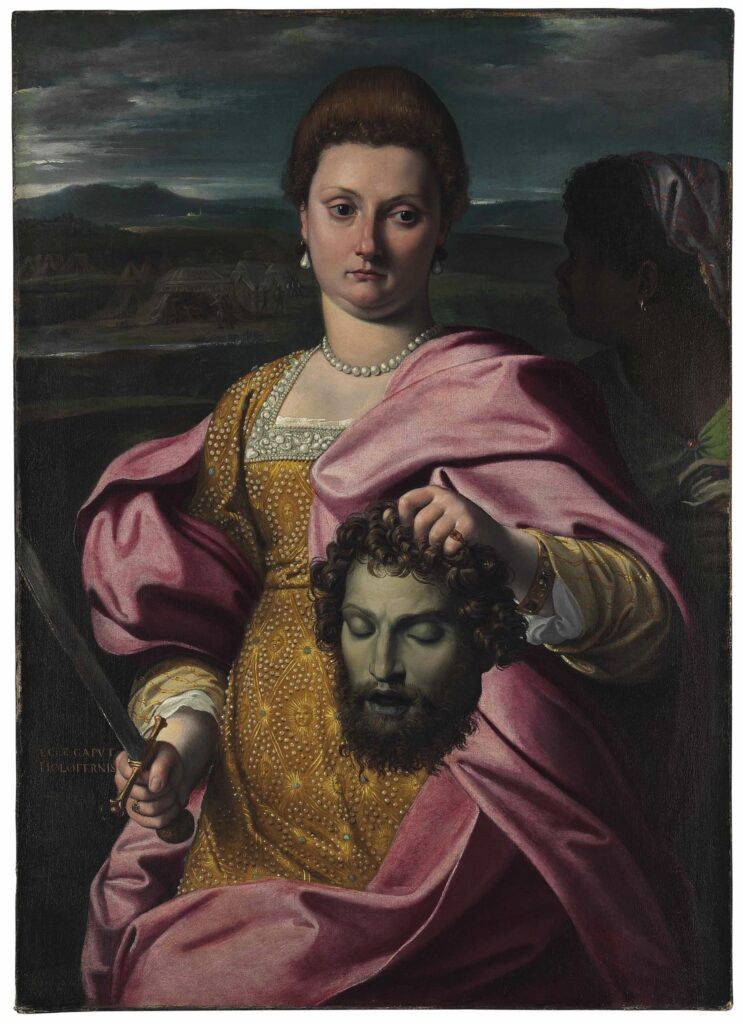
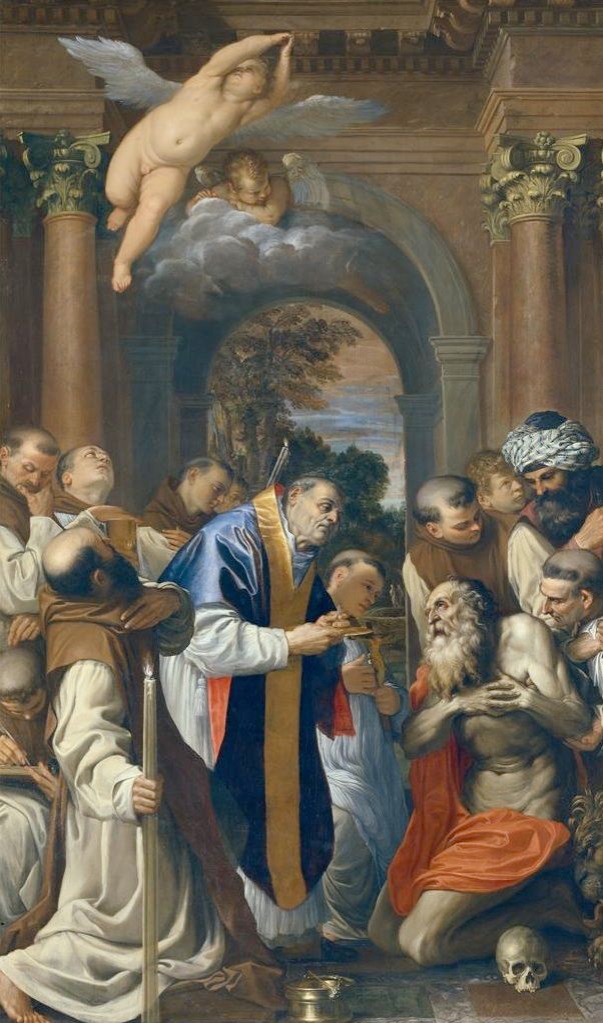
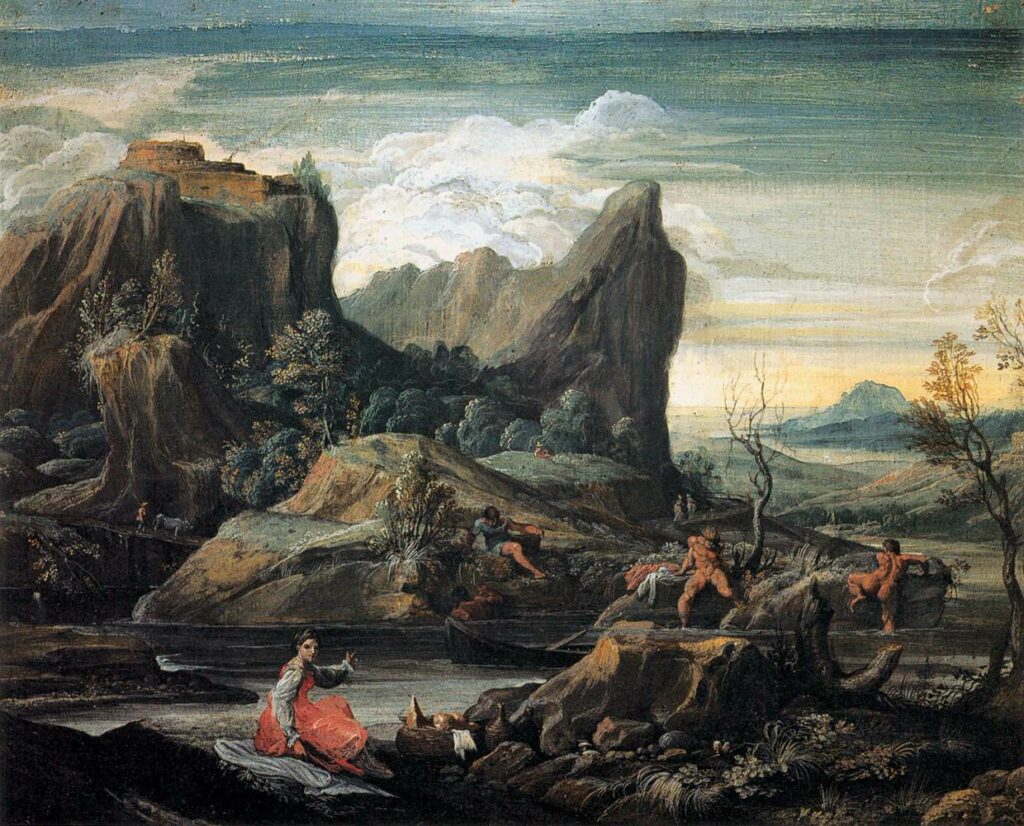
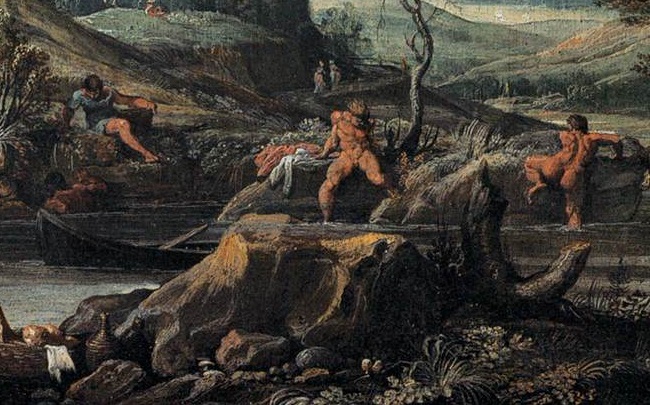
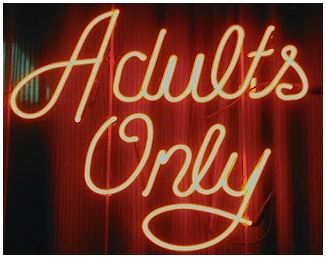
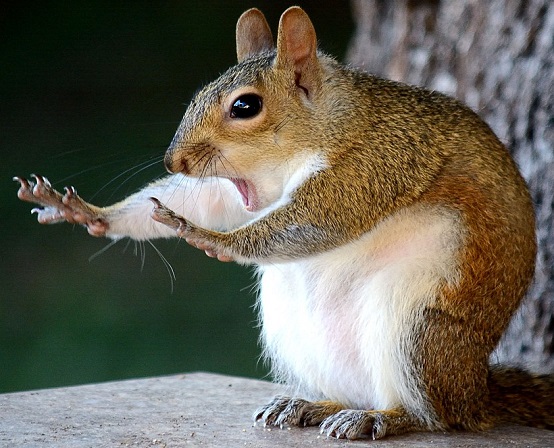



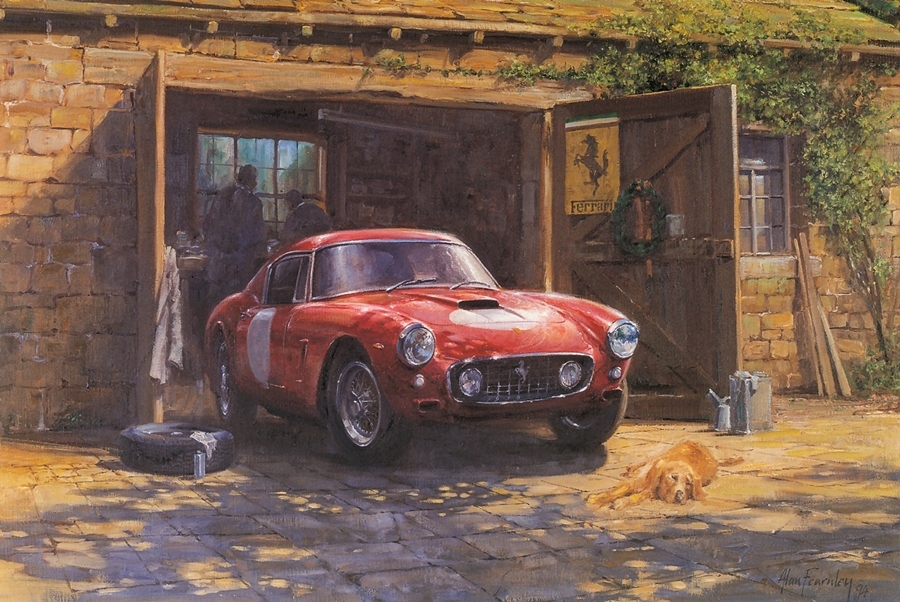
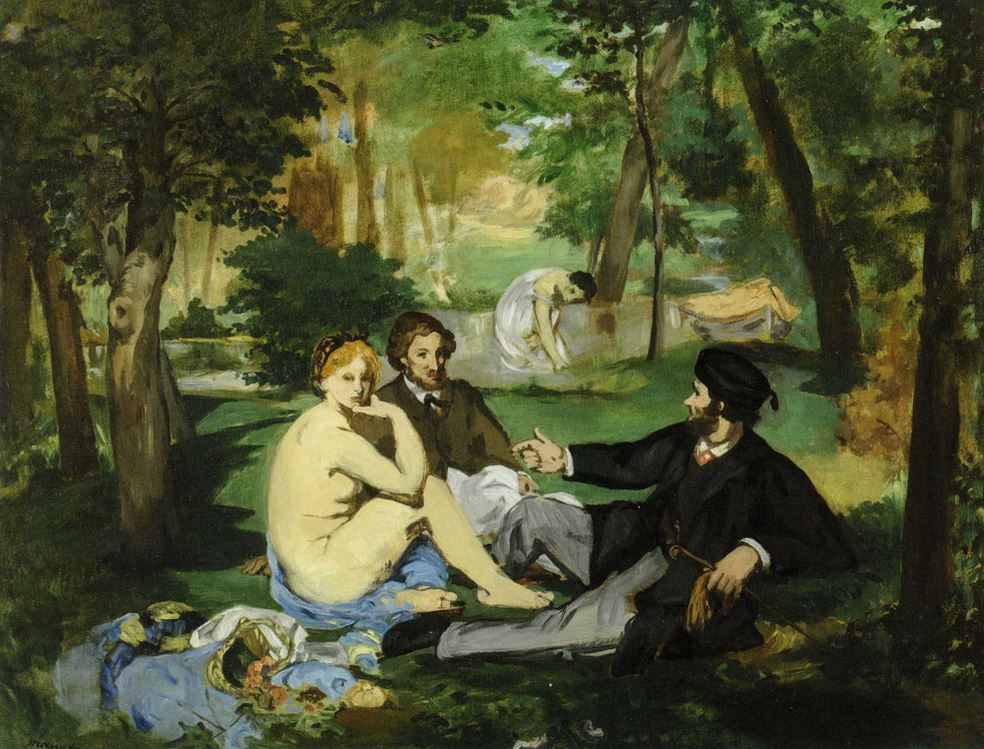
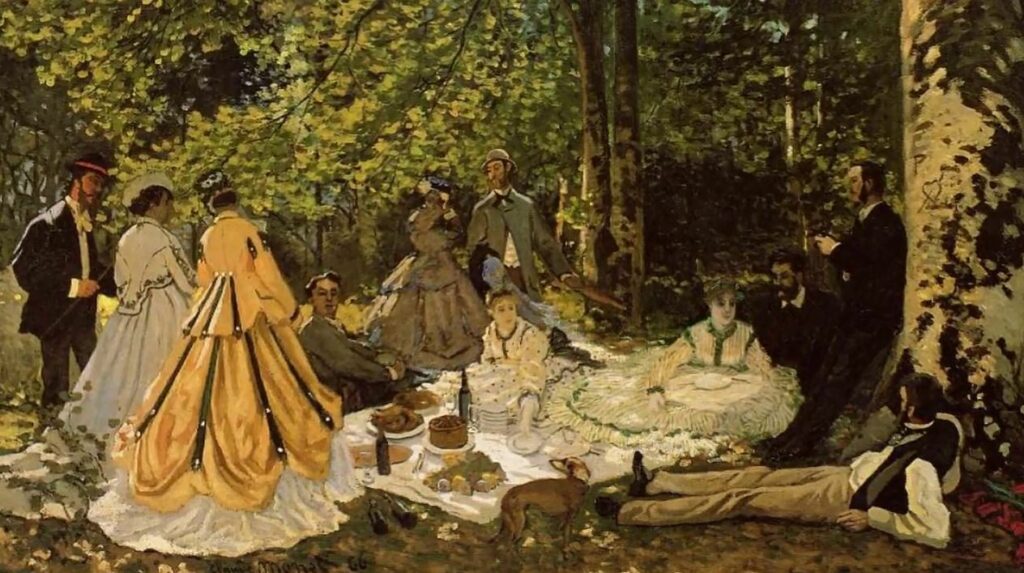
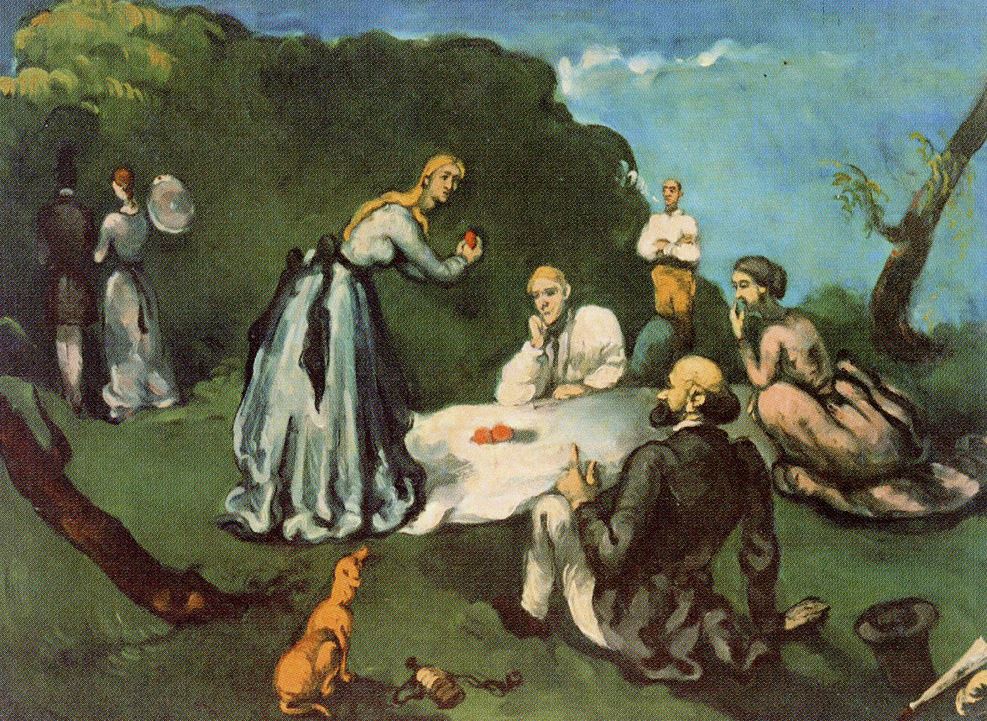
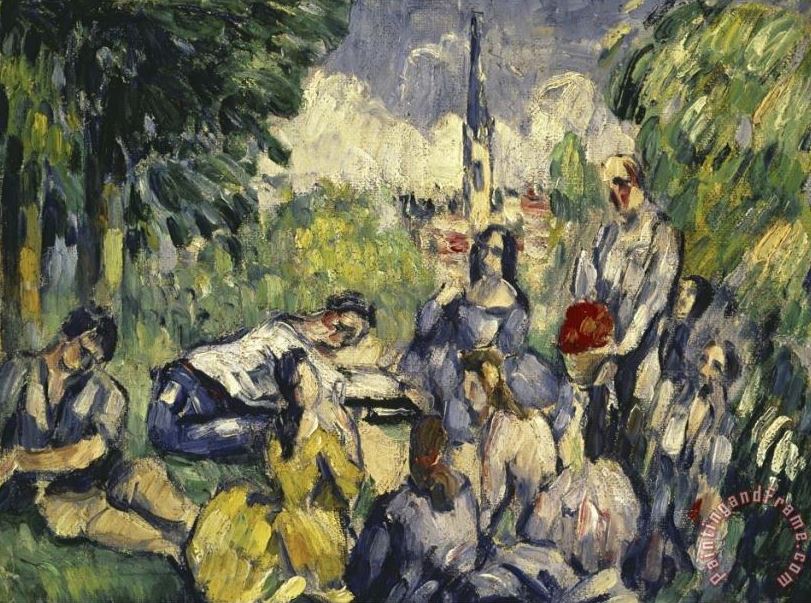 (I’m pretty sure the second was painted during his Drunken Phase, but whatever.)
(I’m pretty sure the second was painted during his Drunken Phase, but whatever.)